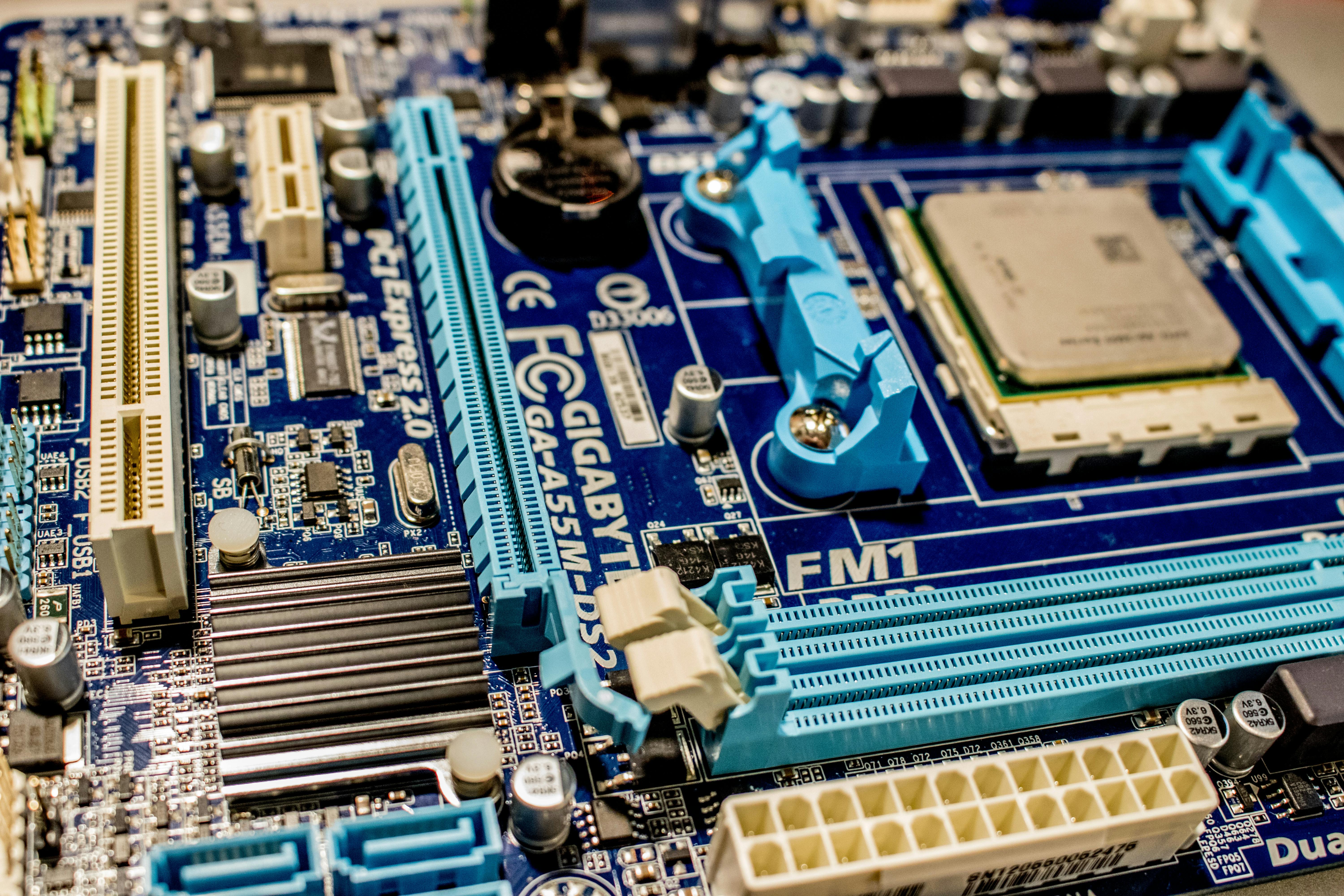
In the ever-evolving landscape of IT infrastructure, container technology has emerged as a game-changer, offering unparalleled flexibility, scalability, and efficiency in deploying and managing applications. However, with the proliferation of containers comes the challenge of orchestrating them effectively to ensure smooth operations across complex environments. This is where Kubernetes transforms into a powerful solution, revolutionizing how we manage containerized applications.
Understanding the Essence of Container Technology
Before delving into the intricacies of Kubernetes, it's essential to grasp the fundamentals of container technology. Containers provide a lightweight and portable solution for packaging software, along with all its dependencies and configurations, into a single unit that can run reliably across different computing environments. Unlike traditional virtual machines, containers share the host operating system's kernel, leading to faster startup times and more efficient resource utilization.
Containers have gained widespread adoption due to their ability to streamline the development process, improve deployment consistency, and facilitate seamless scaling. However, as organizations embrace containerized architectures at scale, they need robust orchestration tools to manage the growing complexity of their container deployments. This is where Kubernetes shines as the de facto standard for container orchestration.
Introducing Kubernetes: The Container Orchestrator
Originally developed by Google and later open-sourced, Kubernetes, often abbreviated as K8s, has quickly become the cornerstone of modern containerized infrastructure. At its core, Kubernetes automates containerised applications' deployment, scaling, and management, providing a unified platform for container orchestration across hybrid and multi-cloud environments.
Kubernetes abstracts the underlying infrastructure complexities, allowing developers to focus on building and deploying applications without worrying about the underlying infrastructure. It provides a rich set of features for scheduling containers, load-balancing traffic, scaling applications based on demand, and rolling out updates seamlessly—all while ensuring high availability and fault tolerance.
Key Features and Components of Kubernetes
One of Kubernetes' key strengths lies in its modular architecture, comprising several components that work together to provide a comprehensive container orchestration solution:
- Pods: The basic building blocks of Kubernetes, pods encapsulate one or more containers and shared resources, such as storage volumes and networking interfaces.
- ReplicaSets: Ensure that a specified number of identical pod replicas run simultaneously, enabling scalable and fault-tolerant deployments.
- Services: Abstract network access to a set of pods, providing a stable endpoint for accessing applications running within the Kubernetes cluster.
- Deployments: Declaratively manage the rollout and scaling of application deployments, with support for rolling updates and rollback capabilities.
- Persistent Volumes: Enable data storage beyond individual pods' lifecycles, allowing for stateful applications within Kubernetes clusters.
- Ingress: Expose HTTP and HTTPS routes from outside the cluster to services within the cluster, facilitating external access to applications.
- Secrets and ConfigMaps: Manage sensitive information and configuration data securely, ensuring it's available to the relevant pods when needed.
Benefits of Kubernetes for Container Orchestration
The adoption of Kubernetes brings forth a myriad of benefits for organizations seeking to streamline their containerized workflows:
- Scalability: Kubernetes enables automatic scaling of applications based on demand, ensuring optimal resource utilization and performance.
- High Availability: With built-in features for fault tolerance and self-healing, Kubernetes minimizes downtime and ensures the reliability of applications.
- Portability: Kubernetes provides a consistent platform for deploying and managing applications across diverse infrastructure environments, including on-premises data centers and public clouds.
- Resource Efficiency: Kubernetes optimises resource utilisation by leveraging containerization and dynamic resource allocation, reducing infrastructure costs.
- Developer Productivity: Kubernetes abstracts away infrastructure complexities, allowing developers to focus on building and deploying applications quickly and efficiently.
Challenges and Considerations
While Kubernetes offers a wealth of capabilities for container orchestration, its adoption can present certain challenges and considerations:
- Learning Curve: Kubernetes has a steep learning curve, requiring organizations to invest in training and upskill their teams to effectively harness their full potential.
- Complexity:Managing Kubernetes clusters at scale entails dealing with a complex ecosystem of components, configurations, and operational challenges.
- Resource Overhead:Running Kubernetes clusters incurs additional resource overhead regarding computing, storage, and networking requirements.
- Security: Securing Kubernetes clusters requires careful attention to best practices for authentication, authorization, network policies, and vulnerability management.
Conclusion
In conclusion, Kubernetes has emerged as a cornerstone technology for effectively managing the complexity of containerized environments. By automating containerised applications' deployment, scaling, and management, Kubernetes empowers organizations to embrace cloud-native architectures and accelerate their digital transformation journey. While adopting Kubernetes presents certain challenges, its benefits in terms of scalability, reliability, and agility far outweigh the initial learning curve. As container technology continues to evolve, Kubernetes stands poised to remain the go-to solution for container orchestration, shaping the future of modern IT infrastructure.
Paty is marketing manager at ClickIT. She love writing, traveling, and surfing on internet.

Post new comment
Please Register or Login to post new comment.